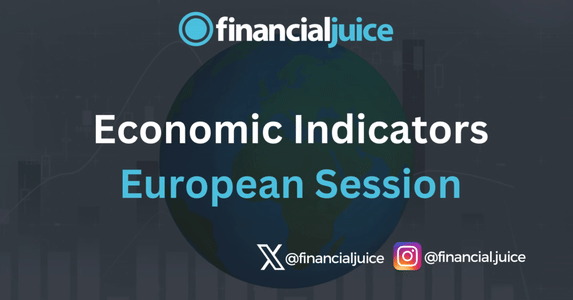
Week Ahead: Economic Indicators (EU)
Hey Traders!
For the March 25th week, here is a list of all of the major economic indicators being released during the EU Session, with a brief synopsis of what they represent and what to possibly expect from the markets in reaction.
Wednesday 28th March
04:55 ET
German Unemployment Rate
The unemployment rate is calculated by the Federal Employment Agency based on the number of unemployed persons as a percentage of the number of all civilian members of the labour force (dependant civilian employed persons, the self-employed family workers and unemployed). Unemployed is defined as persons between the ages of 15 and 65 and who are without employment or only with short-time employment (currently less than 15 hours per week) and seeking employment of at least 15 hours per week subject to compulsory insurance.
What to expect:
Unlike in the U.S. no wage data are included in this report. But by tracking the jobs data, investors can sense the degree of tightness in the job market. If labor markets are tight, investors will be alert to possible inflationary pressures that could exist. If wage inflation threatens, it’s a good bet that interest rates will rise; bond and stock prices will fall. No doubt that the only investors in a good mood will be the ones who watched the employment report and adjusted their portfolios to anticipate these events. In contrast, when job growth is slow or negative, then interest rates are likely to decline – boosting up bond and stock prices in the process.
German Unemployment Change
The Unemployment Change released by the Bundesagentur für Arbeit and published by the German Statistics Office is a measure of the absolute change in the number of unemployed people in Germany using seasonally adjusted data.
What to expect:
A rise in this indicator has negative implications for consumer spending, as there’s less people working and therefore diminishes economic growth in the country. Generally, a reading above expected is seen as negative (or bearish) for the EUR, while a low reading is seen as positive (or bullish).
Thursday 29th March
03:45 ET
French HICP
Harmonised Index of Consumer Prices, is the same as CPI, but with a joint basket of products for all Eurozone member countries. The impact on the currency may go both ways, a rise in CPI may lead to a rise in interest rates and a rise in local currency, on the other hand, during a recession, a rise in CPI may lead to a deepened recession and therefore a fall in local currency.
What to expect:
A higher than expected reading should be taken as positive/bullish for the EUR, while a lower than expected reading should be taken as negative/bearish for the EUR.




